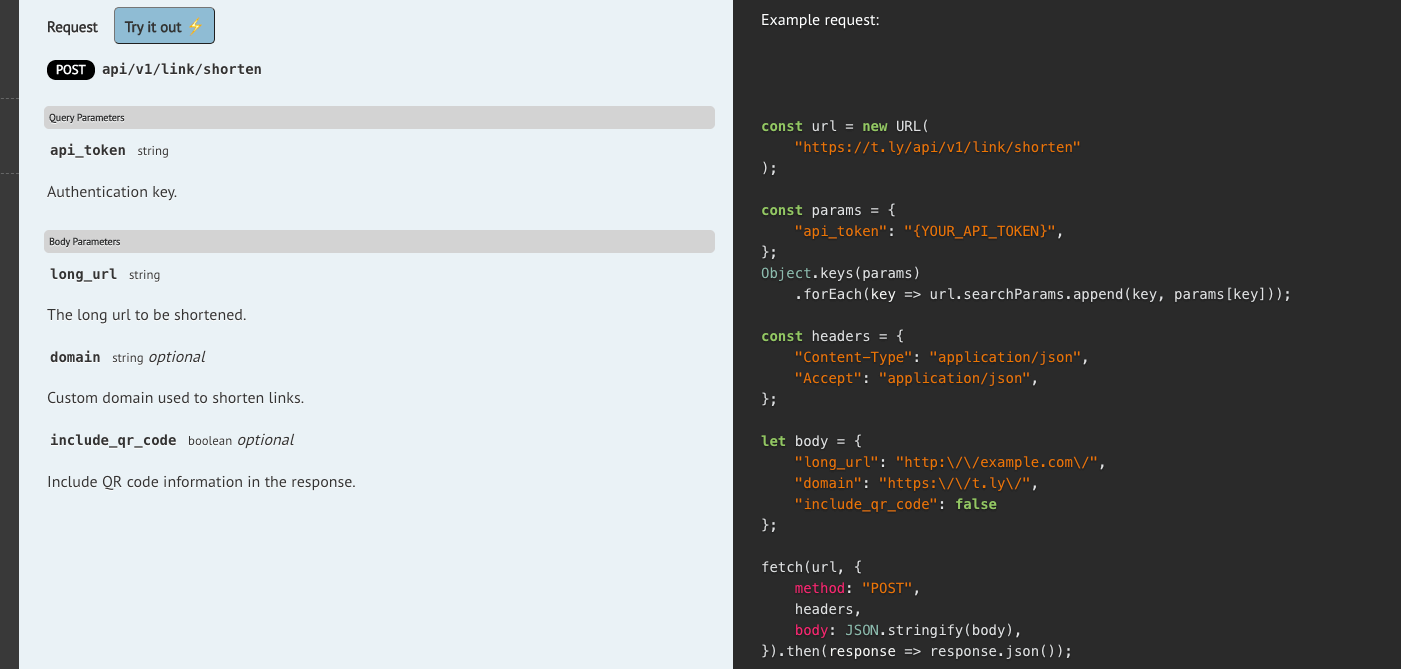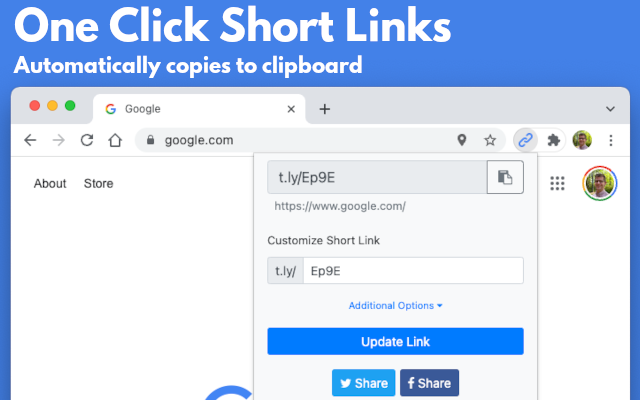
Best URL Shortener API
A URL shortener API can be an extremely useful tool for businesses and website owners. Using a URL shortener API, you can shorten long and complex URLs into shorter, more manageable ones. This can be helpful in a number of ways. First, it can make it easier for people to remember your website’s URL. Second, it can help to improve your click-through rates, as shorter URLs are more likely to be clicked on than longer ones. It can also help to reduce spam, as shortened URLs are less likely to be flagged as spam by email filters. Finally, short URLs can be used in SMS text messages where there is a limited number of characters allowed due to the limitation of SMS. Most SMS messages only allow a max of 160 characters, and it’s common for long URLs to be hundreds of characters. In sum, there are a number of potential benefits that come with using a URL shortener API.
What is a URL Shortener API Service?
A URL shortener is a service that takes a long URL and shrinks it down to a much shorter, more accessible one to share and remember the link. You might want to use a URL shortener for many reasons, such as sharing links on social media or in chat rooms where characters are limited. Using a custom domain, you can also use them to create branded links for your business or personal website. While many pre-existing URL shorteners are available, such as Bitly and TinyURL, we recommend using T.LY URL shortener because the API is simple and straightforward to use. T.LY URL shortener API allows other applications to easily generate and manage short links. To get started, simply register for an account with T.LY and follow the instructions to generate an API key. Once you have registered and set up your account, you will be able to start creating shortened URLs from your own application.
What is an API?
An API is an Application Programming Interface. It is a set of subroutine definitions, protocols, and tools for building software and applications. An API specifies how software components should interact, and APIs are used when programming graphical user interfaces. GUI components communicate with each other using APIs. For example, when you click a button, the button calls an API to tell the system to do something. The API is the interface between the button and the operating system, and the API contains the rules governing how the button interacts with the operating system. The API is implemented by a library that includes a set of functions that can be called by the button. The library implements the API and provides an implementation of the functions that are specified in the API. The API is usually written in a programming language such as PHP, GO, C or Java.
What is a Web Development API?
When it comes to web development, the term API usually refers to a web request from Javascript to a backend service. The term “API” is used in a variety of different contexts, which can be confusing for those who are not familiar with the term. In its simplest form, an API is a set of rules or protocols allowing two software pieces to communicate with each other. However, the term can also refer to the interface allowing third-party developers to access and use the software. For example, when you need to generate a short URL, you will call a URL Shortener service API to generate a short link from a long URL. In this context, the API acts as a bridge between the two systems, allowing them to communicate with each other and exchange data. When used in this way, APIs can be incredibly powerful tools that allow developers to build new applications and services on top of existing platforms.
How do URL shorteners work, and why are they useful?
A URL shortener is a service that takes a long, complicated URL and turns it into a shorter, easier-to-remember one. For example, if you wanted to share the URL for a long news article, you could use a URL shortener to create a much shorter link that would be much easier for people to type or click on. In addition to making links more manageable, URL shorteners can also be used to track how many people click on a particular link. This information can be valuable for understanding which links are most popular and how people are finding your website. While many different URL shorteners are available, they all offer different features for short-link management. Using a URL shortener can make sharing long URLs much simpler and more efficient.
Some popular URL shortener APIs that you can use today
If you’re looking for a URL shortener API to use in your next project, there are plenty of options to choose from. Here are just a few of the most popular ones:
T.LY URL Shortener
T.LY offers the simplest and most affordable URL shorteners API. You can easily add your own custom domain and create your own branded short links. The API documentation has great examples of how to implement the API in Javascript, Python, PHP, and Bash. Detailed statistics on all short URLs are available. To demo the API, T.LY offers a Postman collection that allows you to easily test the API. They also offer an OpenAPI spec.
Google URL Shortener
Google URL Shortener API allows you to generate shortened URLs using Google’s URL shortening service. It’s quick and easy to use, making it an excellent option for developers who want to add URL-shortening functionality to their projects with minimal effort. Unfortunately, Google’s URL shortener shut down in 2018 and is no longer available.
Bitly
Bitly is another popular URL-shortening service, and its API allows you to create shortened URLs for your own projects. The Bitly API is complex and can be challenging to implement. Bitly is also more expensive than some of the alternatives.
TinyURL
TinyURL is one of the oldest and most well-known URL shorteners. Unfortunately, its API is not documented and could be removed at any time. At this time, we do not recommend using TinyURL.
Now that you understand what an API is and how URL shorteners work, it’s time to learn about some of the benefits of using a URL shortener API for your business or website. First, shortened URLs are more user-friendly and easier to remember than long, convoluted web addresses. They also take up less space on a page, which can be helpful when trying to keep your content concise. Additionally, by using a URL shortener API, you’ll have access to detailed analytics tracking data that will help you measure the success of your marketing campaigns and optimize your content accordingly. Finally, shortened URLs are great for branding purposes; they can help make your company or website more recognizable online. So far, we’ve looked at four popular URL shortener APIs: T.LY, Bitly, Goo.gl, and TinyURL. Reach out to [email protected] if you have any questions.
Related Posts
Tim Leland
Ready to improve how you manage links?
T.LY URL Shortener makes long links look cleaner and easier to share! Add your own Custom Domains to personalize your brand. Create Smart Links to customize a URL's destination. Generate QR codes to promote your business.
Sign Up for Free







